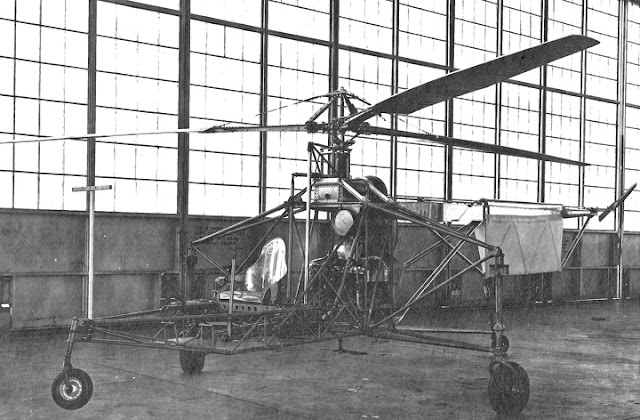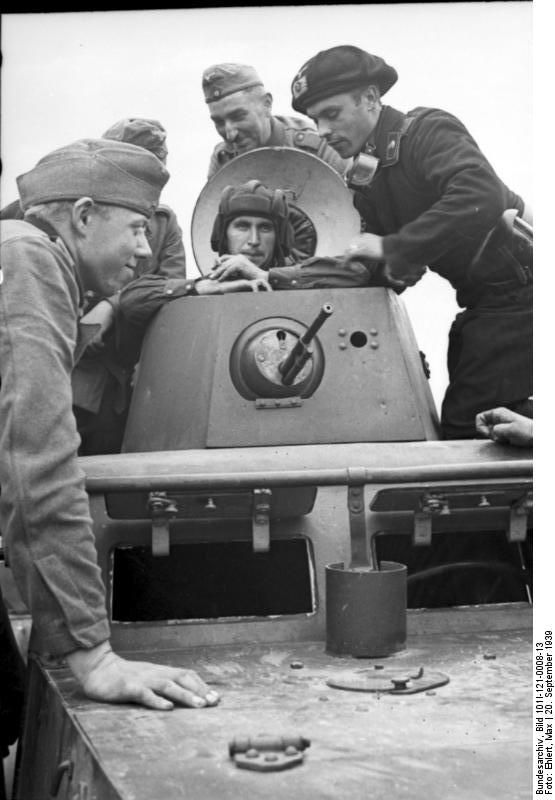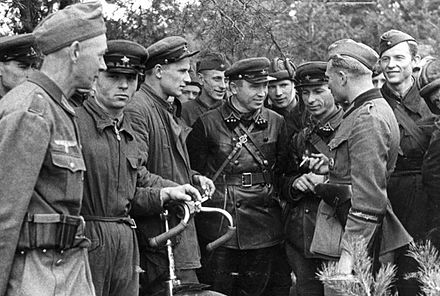Thursday 8 February 1940
 |
| The bridge connecting the two separate sections of the Lodz Ghetto (Federal Archive). |
Winter War Army Operations: Attacks at Summa continue without much change aside from the gradual attrition of the Finnish defenders. Soviet tanks continue dragging armored sleds full of explosives that are detonated near Finnish fortifications.
At 10:15, the Soviets open an attack at Taipale. Two Soviet Divisions shell the Kirvesmäki Cape and attack across the River Taipale. The Soviets take two Finnish strongholds at Terenttilä at the extreme East end of the Mannerheim Line where the River Taipale empties into Lake Ladoga. Finnish casualties are extreme for them: 219 men, with 32 killed.
Further north, the Finnish 9th Division finishes its work around Kuhmo. It destroys the 1500 Soviet soldiers of the Soviet 54th Division that have been surrounded near Kuhmo in separate mottis (logs).
Winter War Peace Talks: Discussions continue in Stockholm, but the Soviets show no inclination to bargain. The Soviets require an island in the Gulf of Finland to serve as a Soviet naval base.
Western Front: Two French soldiers capture a German patrol in Forbach Woods.
Battle of the Atlantic: It is one of the quieter days of the war in the endless war on the high seas.
US freighter Scottsburg is detained by the British at Gibraltar.
Convoy OA 88GF departs from Southend.
Spies: Double agent William Sebold, a German native born in Mulheim, Germany, arrives in New York City as "Harry Sawyer." Sebold is a spy for the Reich, but in actuality is a double agent working for the FBI. He sets up a short-wave radio transmitter with FBI help and begins transmitting reports (prepared by the FBI) to Berlin.
Separately, the Paris police raid the Soviet Press Agency. They discover that it is being used as a cover for German propaganda.
Canada: The third contingent of Canadian soldiers arrives in England at a west coast port.
New Zealand: It is the 100th anniversary of the founding of New Zealand with the Anglo-Maori Treaty of Waitangi.
Palestine: Chaim Weizmann meets with President Roosevelt to discuss issues regarding the Jewish/Arab conflict in Palestine.
Holocaust: Orders are given for the establishment of a Jewish Ghetto in Lodz.
China: Japanese planes attack Mengzi. Three Chinese Hawk 75 fighters intercept them and a dogfight ensues for more than an hour, with one Chinese pilot, Yang Tzu-fan, injured after crash-landing.
The Shangtung Operation continues as the Japanese occupy the Shangtung Peninsula.
At the Battle of South Kwangsi, the Japanese capture Wuning north of Nanning after several days of battle.
Future History: One of the soldiers captured in the Forbach Woods, Joseph Darnand, later heads the Vichy French secret police.
 |
| Double-agent William Sebold. |
February 1940
February 1, 1940: Second Battle of SummaFebruary 2, 1940: Soviet Assaults at Summa February 3, 1940: Soviets Capture a Bunker
February 4, 1940: Peace Talks in Stockholm
February 5, 1940: Allies to Invade Norway
February 6, 1940: Careless Talk Costs Lives
February 7, 1940: IRA Terrorists Executed
February 8, 1940: Spies!
February 9, 1940: The Welles Mission
February 10, 1940: Confiscation of Jewish Goods
February 11, 1940: Soviets Attack Mannerheim Line
February 12, 1940: Breaches In Mannerheim Line
February 13, 1940: Soviets Inching Forward in Finland
February 14, 1940: Soviets Batter Mannerheim Line
February 15, 1940: Finns Retreat
February 16, 1940: Altmark Incident
February 17, 1940: Manstein and Hitler Discuss Fall Gelb
February 18, 1940: Operation Nordmark
February 19, 1940: King Gustav Says No
February 20, 1940: Falkenhorst Commands Weserubung
February 21, 1940: Radar Advances
February 22, 1940: Friendly Fire
February 23, 1940: Soviets Present Their Demands
February 24, 1940: Fall Gelb Revised
February 25, 1940: Mr. Welles Comes to Visit
February 26, 1940: Battle of Honkaniemi
February 27, 1940: Finns Retreat Again
February 28, 1940: Overseas Volunteers Help Finland
February 29, 1940: Finns Accept Soviet Terms In Principle
2019









